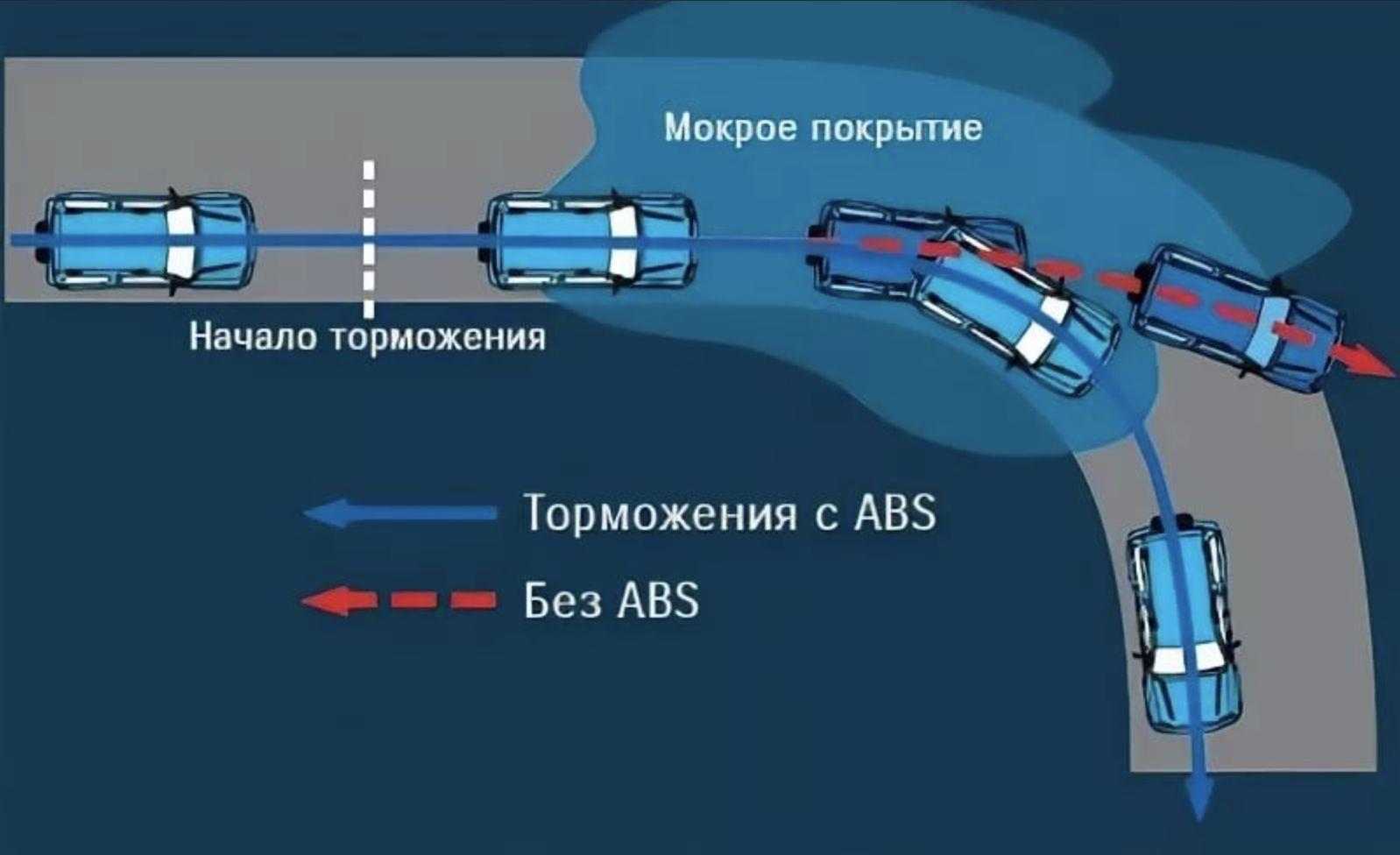
ABS in commercial vehicles - why is it needed?
Content
- What does ABS mean in a car?
- Why do you need ABS in a car?
- ABS - how does it work in practice?
- How does the ABS system work in a car?
- What is the role of the individual elements of the ABS system?
- What are the benefits of ABS in cars?
- ABS system and braking distance
- Can ABS be dangerous?
- What's wrong with ABS?
"Anti-Lock Braking System" is an English extension of the abbreviation ABS. The ABS system supports the driver when braking, while during normal driving without using the brake pedal it remains inactive. According to the driver, this element makes itself felt by the vibration of the brake pedal. However, in reality, the work he does is much more difficult. So how does the ABS system work in a car? Learn the secrets of his work and expand your knowledge!
What does ABS mean in a car?
The expansion of the English abbreviation tells us that the ABS system is designed to control wheel slip when braking. Traction is needed to steer the car and determine its direction. That is why skidding during emergency braking is so undesirable. ABS is the base system in a family of systems that protect the driver from wheel slip. Others include ASR, ESP or ACC. The absence of ABS leads to a sharp deterioration in the quality of braking in extreme situations.
Why do you need ABS in a car?
You already know the theory. And how can you approximate the wheel slip control mechanism? Imagine that an obstacle has appeared on a slightly damp surface. It could be an animal or a fallen branch or a car accident in front of you. What do you do in such a situation? You are probably pushing the brake pedal as hard as you can and the clutch at the same time. This leads to a sharp blocking of the wheels. When combined with a wet surface, they begin to slide.
ABS and its operation in emergency situations
At this point, the ABS system comes into action, which fixes the speed of rotation of the wheels on the axle. In newer versions of cars, the system controls each wheel separately. Impulse braking occurs when the ABS is activated. Thanks to it, you can simultaneously reduce speed and maintain control over the direction of the car.
ABS - how does it work in practice?
What else is important in the functioning of the ABS system? Firstly, during sudden braking, the speed of rotation of the wheels on the axles is different. Lateral force can cause the car to turn around. However, the ABS function keeps the slip level low and eliminates the risk of the vehicle turning uncontrollably.
How does the ABS system work in a car?
The ABS system consists of 3 main elements:
- inductive sensors on wheels;
- electromagnetic valves in the form of brake fluid pressure modulators;
- control device.
What is the role of the individual elements of the ABS system?
The first of these components is the inductive sensor. This is an element installed directly on the wheel, measuring the speed of its rotation. The values are compared with the readings of other wheels. The signal is then sent to the control unit. It analyzes information from sensors. The result of this analysis can be a decision to activate individual solenoid valves. There are several in the ABS system, so each wheel can be properly controlled by brake fluid pressure.
What are the benefits of ABS in cars?
The easiest way to understand this is for drivers who did not have an ABS control unit in the car. The difference is already noticeable when braking. The driver, who does not have ABS in the car, has to apply the brakes himself. Otherwise, the wheels will lock up and the braking distance will be dramatically extended. And how does a car equipped with the described system work? In it, the driver applies the maximum force for braking, and the system itself decides what the pulsation frequency should be.
ABS system and braking distance
Shortening the braking distance is one of the main advantages of the ABS system in a car. Tests show that on dry pavement, the same car models are able to stop ⅓ shorter than non-ABS vehicles. In the case of wet soil, the profit is even greater. The higher the speed, the easier it is to see the benefits of using ABS. This system reacts instantly, which cannot be said about the driver.
Can ABS be dangerous?
There are at least two such moments. The first situation is when the driver does not press the clutch pedal during heavy braking. When the engine stops, the ABS system also stops working, and the driver loses control of the car. The second situation is the result of the work of the support group itself. On asphalt with a layer of sand, locked wheels quickly developed high friction without stopping the skid. On the other hand, ABS, upon detecting a blockage, releases braking, causing the car to slide over the loose surface layer.
What's wrong with ABS?
First of all, the sensors fail. Under the influence of mechanical damage or contamination, everything may stop working properly. At the moment of failure, the block receives incorrect results of the angular velocity of the wheels. The antidote is to replace the sensor.
As you can see, the ABS system has many advantages that you will appreciate in extreme situations on the road. This is standard in new cars and many people might find this feature a bit of an outlier, but especially drivers who have driven older cars appreciate ABS.

